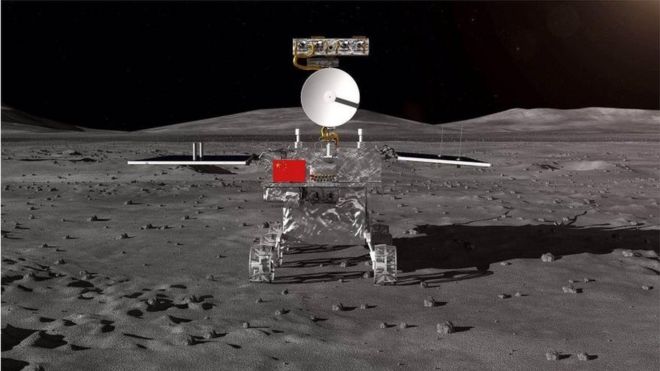 TWITTER/CGTNOFFICIAL
TWITTER/CGTNOFFICIAL
China says it has successfully landed a robotic spacecraft on the far side of the Moon, the first ever such landing.
At 10:26 Beijing time (02:26 GMT), the unmanned Chang'e-4 probe touched down in the South Pole-Aitken basin, state media said.
It is carrying instruments to characterise the region's geology, as well as a biological experiment.
State media called the landing "a major milestone in space exploration".
While past missions have been to the Earth-facing side, this is the first time a craft has landed on the unexplored far side.
In recent days, the Chang'e-4 spacecraft had lowered its orbit in preparation for landing.
At the weekend, Chinese state media said the probe had entered an elliptical path around the Moon, bringing the vehicles to within 15km (9 miles) of the lunar surface at its closest point.
- China launch will prep for Moon landing
- Why China is fixated on the Moon
- China's scientific revolution
Targeting the far side has turned this mission into a riskier and more complex venture than its predecessor, Chang'e-3 - which in 2013 touched down on the near side of the Moon, in the Mare Imbrium region.
China's latest moon shot will pave the way for the country to deliver samples of lunar rock and dust to Earth.
Ahead of the landing, Andrew Coates, professor of physics at UCL's Mullard Space Science Laboratory in Surrey, told the BBC: "This daring mission will land nearly 50 years on from the historic Apollo landings and will be followed in late 2019 by a Chinese sample return mission."
The 'dark side of the Moon'
Because of a phenomenon called "tidal locking", we see only one "face" of the Moon from Earth. This is because the Moon takes just as long to rotate on its own axis as it takes to complete one orbit of Earth.
The lunar far side is often referred to as the "dark side", though "dark" in this case means "unseen" rather than "lacking light". In fact, both the near and far sides of the Moon experience daytime and night-time.
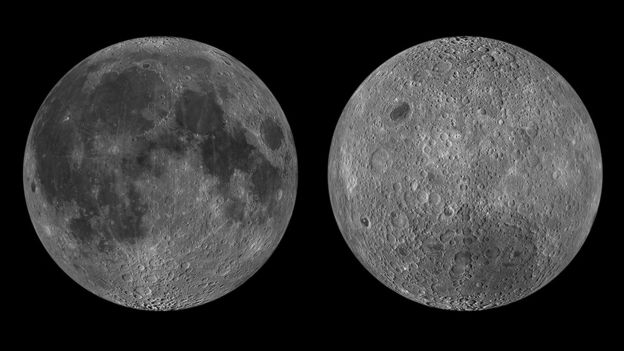 NASA
NASA
The far side has a thicker, older crust that is pocked with more craters. There are also very few of the "mare" - dark basaltic "seas" created by lava flows - that are evident on the near side.
The Chang'e-4 probe is aiming to explore a place called Von Kármán crater, located within the much larger South Pole-Aitken (SPA) Basin - thought to have been formed by a giant impact early in the Moon's history.
"This huge structure is over 2,500km in diameter and 13km deep, one of the largest impact craters in the Solar System and the largest, deepest and oldest basin on the Moon," Prof Coates said.
The event responsible for carving out the SPA basin is thought to have been so powerful, it punched through the outer layer of the Moon, known as the crust, and down into the zone called the mantle. Researchers will want to train the instruments on any mantle rocks exposed by the calamity.
The science team also hopes to study parts of the sheet of melted rock that would have filled the newly formed South Pole-Aitken Basin, allowing them to identify variations in its composition.
A third objective is to study the far side regolith, the broken up rocks and dust that make up the surface.
"The in-situ composition information in particular will be hugely valuable in understanding the formation of the Moon," Mr Coates explained.

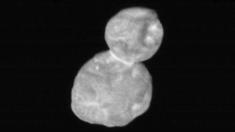
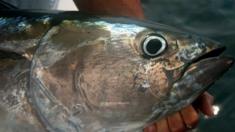
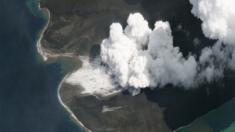








No comments:
Post a Comment